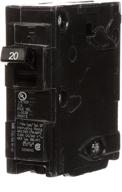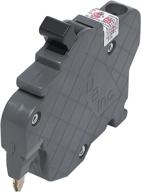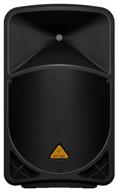
Review on Powerful UV-C Light Lamp Bulb with Ozone - Harnessing Germ-Killing Technology by Barb Cook

How can you tell if a UV light is real
I'm a paramedic and I use this light regularly. I've seen a lot of good ones and a lot of fake ones. Luckily that's easy to say. Here is everything you need to know about UV sterilization lamps. UV light is a great way to disinfect large areas with minimal effort. Unfortunately, during the COVID19 outbreak, there have been many bootleggers offering fake lamps that do nothing. Let me be clear that I have NOT tested this particular product, this is just a method for you to determine for yourself if a sterilization lamp is genuine. Summary: All disinfection lamps must have a strong smell. Either bleach (with ozone lamps) or burn hair/sulphur (with ozone-free lamps). Here is the detailed version. First, there are two main types of UV-C disinfection light; No ozone and no ozone. Ozone lamps work by converting oxygen to ozone (O3) in the vicinity of the lamp. Ozone is what really disinfects. Ozone-free lamps use a different wavelength of light and disinfect by attacking and destroying DNA. Both options have their advantages and disadvantages. In general, ozone is more effective in most spaces because it doesn't require a straight line to work. Non-ozone light must hit the surface directly to disinfect it. The main disadvantages are that it is slower and the room needs to be ventilated for a long time before it can be used. Even after airing, the smell will probably last for several days. The smell can also be very irritating for people with asthma or other breathing problems. It is very easy to verify that any type of light is genuine. You only need a sense of smell. Ozone lamps produce a strong and very distinctive smell. It's a bit like bleach. Even if you don't know what the smell is, the ozone will be concentrated enough to work, the smell will be extremely strong. Ozone-free lamps produce a burning smell. Almost always the smell is either burnt hair (most common) or sulfur. It comes from the breakdown of proteins. This smell is also distinct and strong. You can not miss it. If there is no smell, proteins are not being broken down, which means viruses are not dying. If the disinfection lamp does not emit strong odors, it will not work. It is so easy. Hope that helps!
- Special features
- Not bad, but...
New products
Comments (0)
Top products in 💡 Lighting Components

Lamp LED Yeelight Smart LED Bulb 1S, YLDP13YL, E27, 8.5 W, 6500 K

43 Review
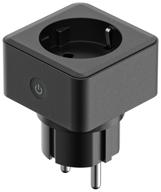
Smart socket Yandex with Alice, black

30 Review

Royal Canin Gastrointestinal Low Fat Dry diet food for adult dogs with digestive disorders, 12 kg

23 Review
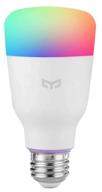
Lamp LED Yeelight Smart LED Bulb W3 (YLDP005), E27, A60, 8 W, 6500 K

47 Review


